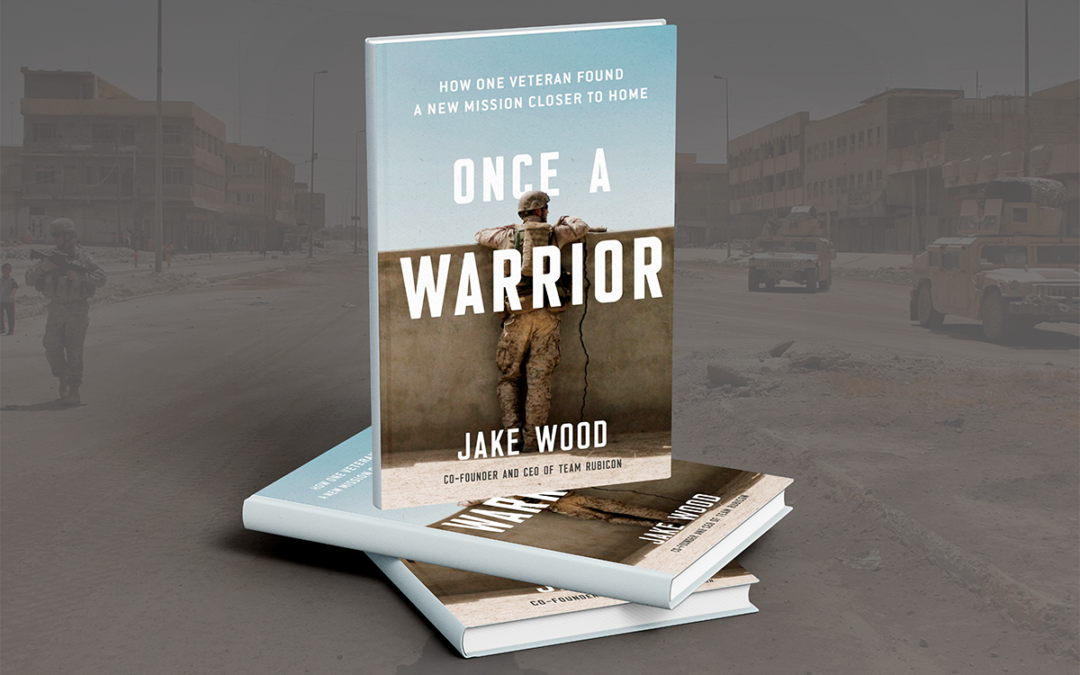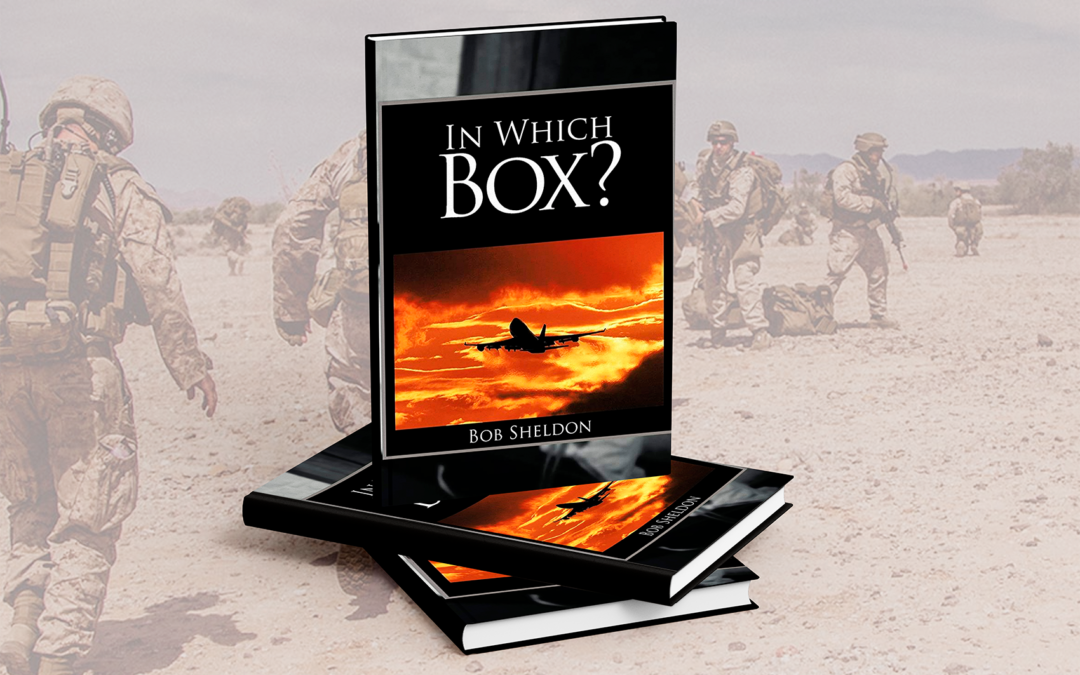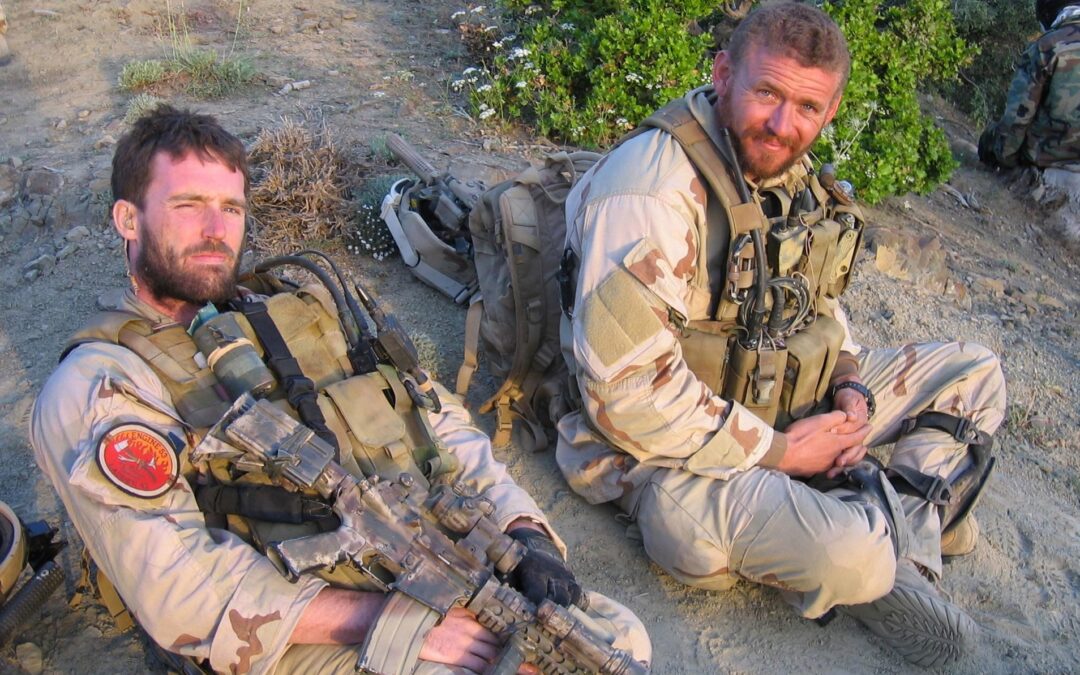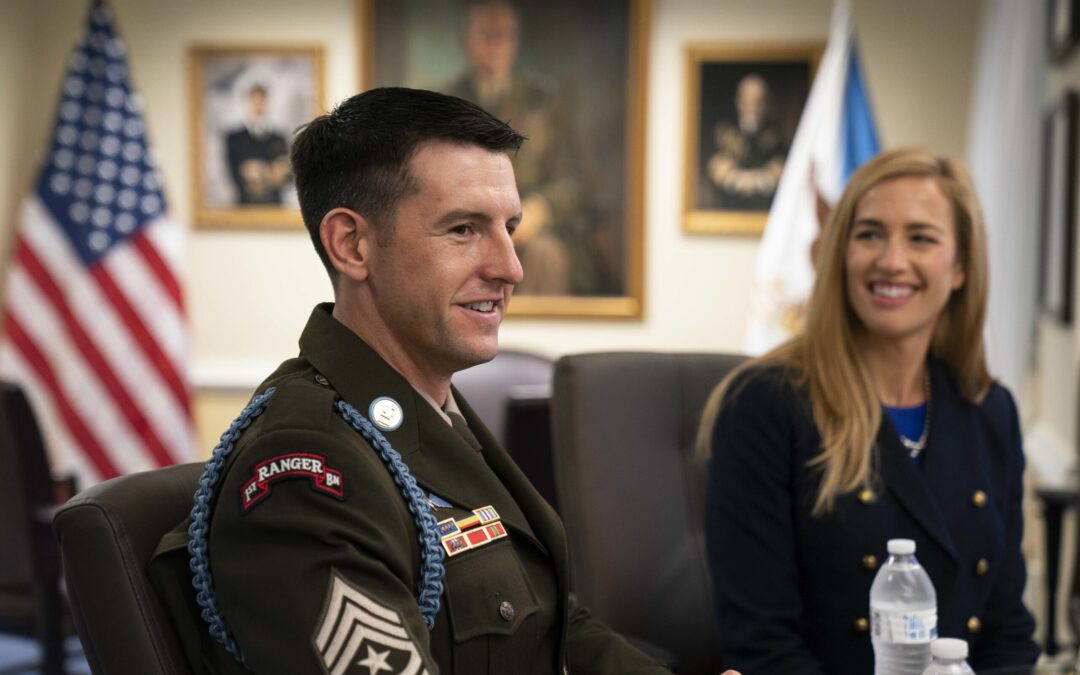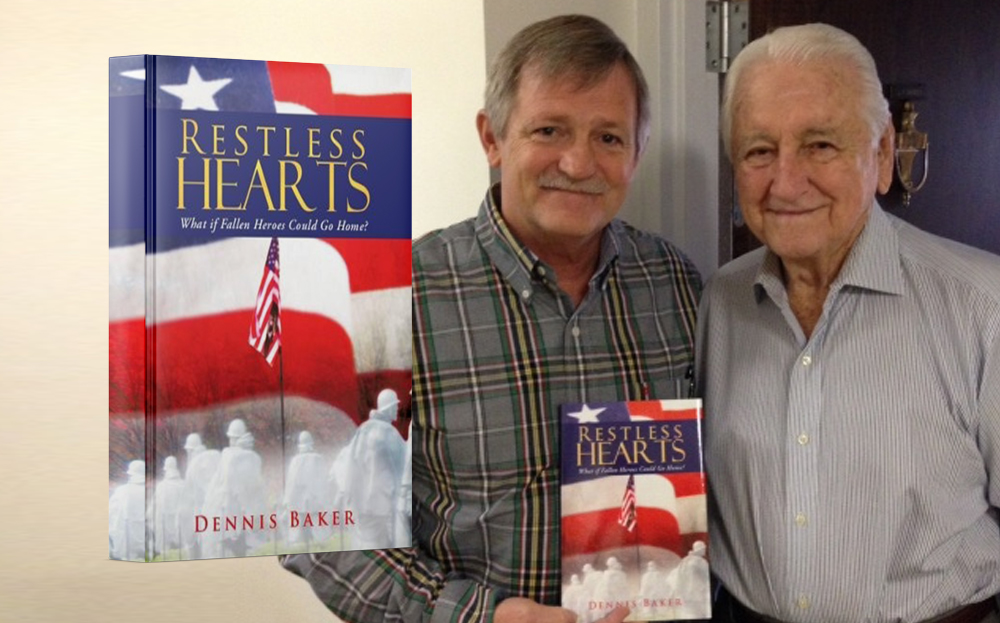Riskiest Moment: Was there any specific incident during your military service when you felt your life was at risk? What were the circumstances, and what was the outcome?:
August 11, 2007, a date forever etched in my memory as a testament to the delicate dance between routine and destiny. Serving in the United States Army amidst the chaos of Iraq, I experienced a life-altering incident that defied all odds and affirmed the power of instinct and premonition.


